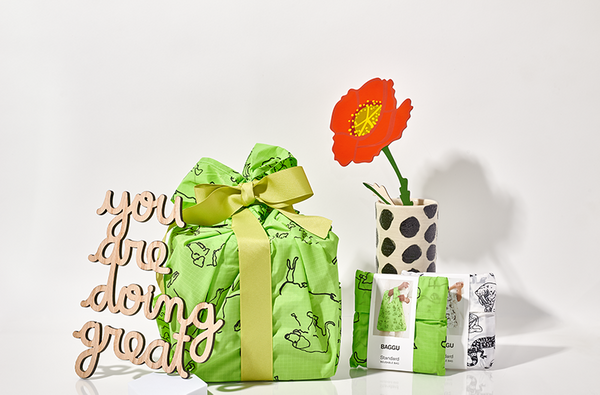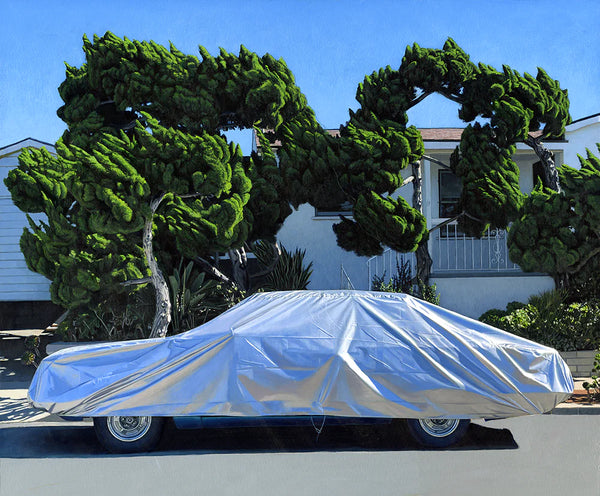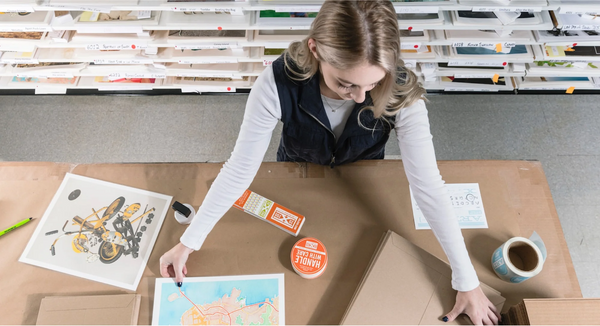This store requires javascript to be enabled for some features to work correctly.

Karl Blossfeldt
Karl Blossfeldt (1865-1932) was a German photographer, sculptor, and teacher best known for his strikingly magnified portraits of plants, seeds, leaves, and other flora. Blossfeldt began his artistic career in 1881 in sculpture and iron casting at the Art Ironworks Foundry in Mägdesprung, Germany. In 1890, he became an apprentice to Moritz Meurer, a decorative artist and professor of ornament and design. Under Meurer, Blossfeldt began creating and photographing botanical specimens around Rome, Greece, and North Africa. In 1898, he took a teaching position at the School of the Museum of Decorative Arts in Berlin, where he developed a series of home-made cameras to photograph plant surfaces in hyper magnification up to 30x their natural size. For most of his life his work was used as an archive of teaching tools with the intention of inspiring young architects, sculptors, and textile artists. However, upon the 1929 publication of his book Urformen der Kunst, Blossfeldt rapidly rose to prominence in the art industry. He was praised as a pioneer of the New Objectivity movement and compared to other photography greats like Eugène Atget and August Sander.



